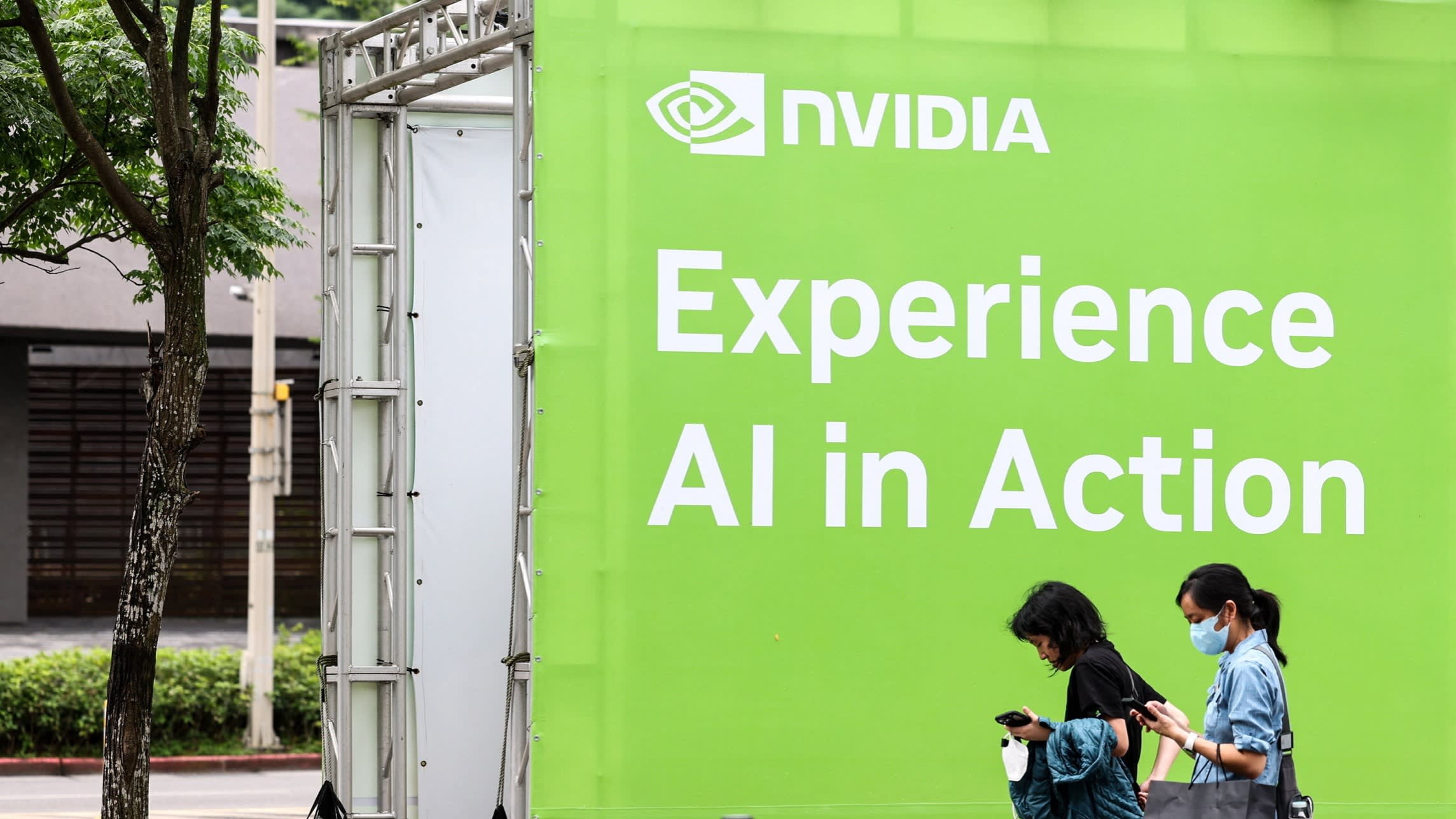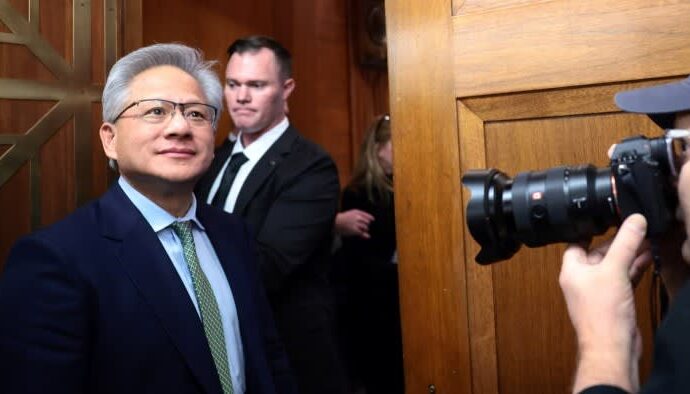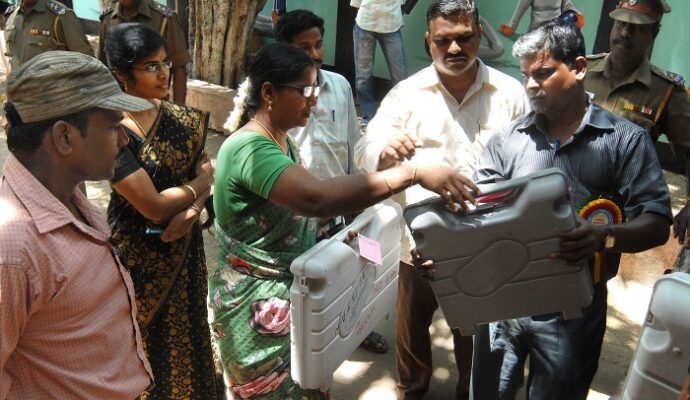
Unlock the Editor’s Digest for free
Roula Khalaf, Editor of the FT, selects her favourite stories in this weekly newsletter.
The writer is a financial journalist
When DeepSeek emerged from obscurity this year, the large language model was hailed as China’s ‘Sputnik’ moment. It spoke to the ambitions of China to challenge the dominance of the US and Silicon Valley in both hardware and software.
In India, though, the breakthrough brought both dismay and soul searching. The South Asian country has long prided itself on the quality of its engineering talent. After all, many of the engineers who develop the leading edge chips at Nvidia are Indians. They are graduates of schools such as MIT and Carnegie Mellon — and the insanely competitive Indian Institutes of Technology back home.
Why then can’t India itself produce a Nvidia or a DeepSeek? Despite the quality of its human capital and its strengths in IT services, India, it seems, is not yet anywhere near the cutting edge on a whole range of technologies.
“A concerning pattern is emerging across several sectors in India: a persistent lack of innovation,” note Bernstein Research analysts led by Singapore-based Venugopal Garre. “This is a mistake India has repeated for decades, with much of the corporate landscape dominated by ‘traders’ and ‘distributors’ who simply build brands, while leaving true innovation to the rest of the world.” They add the sectors for which this holds true include defence, solar, electronics manufacturing and vehicles.
Other analysts might add pharmaceuticals to the list. The business model of many Indian sector companies is built around waiting for US and European drug patents to expire and then making generic equivalents, mostly with active ingredients imported from China.
Among those who are critical of India’s continuing lack of progress across these areas is Piyush Goyal, India’s respected minister of commerce and industry, whose monologue on the subject went viral in April: “I have been going through a lot of our start-up success stories . . . I know at least three or four billionaires whose children make at least one brand of fancy cookies and ice creams. I have no complaints against that but is that the destiny of India? Is the future of India satisfied with that?”
By contrast, the minister noted that the Chinese are building semiconductor chips and a renewables ecosystem with electric vehicles and leading edge battery technology.
India Business Briefing
The Indian professional’s must-read on business and policy in the world’s fastest-growing big economy. Sign up for the newsletter here
Part of the explanation lies in the continuing brain drain from India. For example, Neelkanth Mishra, chief economist at Axis Bank and member of an economic advisory board to Prime Minister Narendra Modi, graduated from one of the most prestigious IITs over 20 years ago. He says today, of the top 30 computer science students in his class, not only do 26 live abroad — they are American citizens. They, therefore, are unlikely to return home, unless perhaps when they retire. So they build a Nvidia in the US rather than in Bengaluru or Hyderabad.
And India lags US universities in producing both basic research and commercial innovation. The US institutions have offices of technology transfer that sell the breakthroughs of their professors (and students) to the private sector for profit. In comparison, the leading universities of India have a paltry record in commercialising and developing research.
Moreover, the government itself needs to facilitate a more competitive corporate landscape. As the Bernstein analysts indicate there are too many “traders and distributors” — as well as overly powerful oligarchs — and not enough ambitious entrepreneurs.
Some entrepreneurs say that for them to be able to build strong young firms they need capital — which is only available in abundance abroad. Others respond bitterly (and off the record) to Goyal’s remarks, noting that the government itself is the problem since it does not offer meaningful financial support for start-ups.
Might this change any time soon? Possibly. For one thing, the Trump administration’s policy on immigration and less government funding makes it difficult for universities to offer students financial aid, discouraging the best and brightest international students from applying to American schools. That may ease the brain drain problem.
And to be sure, there are areas such where India is making progress. Bain & Co research has showed there was recovery in VC funding in 2024 with investments rising from $9.6bn to $13.7bn, strengthening India’s position as Asia-Pacific’s second-largest market for such deals. And 2024 saw five “unicorns” — companies with market capitalisations above $1bn — emerge compared with only two in 2023. Consumer tech was still the biggest sector for VC investments but there was growth in software and services, including generative AI. More generally aerospace is another area of strength for India. In time, Indian entrepreneurs and their backers may also shoot for the moon.


